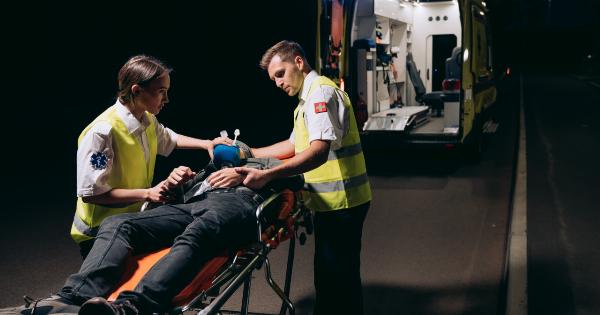Melanoma, the deadliest form of skin cancer, is a growing concern worldwide.
While exposure to ultraviolet (UV) radiation is the primary risk factor for developing melanoma, recent research has revealed that certain occupations may also contribute to an increased incidence of this disease. Several professions involve prolonged exposure to sunlight or other potential carcinogens, placing individuals in these occupations at a higher risk of developing melanoma.
Understanding the relationship between specific occupations and melanoma can help inform preventive measures and promote safer practices in the workplace.
1. Outdoor Workers
Outdoor workers, such as construction workers, farmers, lifeguards, and landscapers, spend a significant amount of time exposed to the sun’s harmful UV radiation. This chronic exposure increases their risk of developing melanoma.
Despite wearing protective clothing and using sunscreen, their continuous exposure to direct sunlight contributes to the heightened incidence of melanoma within this occupational group.
2. Tanning Salon Employees
Tanning salon employees encounter high levels of UV radiation due to their occupation. Exposure to UV radiation through tanning beds significantly increases the risk of melanoma.
These individuals are particularly vulnerable as they often exceed safe levels of UV exposure while working in this industry.
3. Pilots and Flight Attendants
Pilots and flight attendants face an elevated risk of developing melanoma due to their regular exposure to higher altitudes.
At high altitudes, the earth’s atmosphere provides less protection from UV radiation, resulting in increased exposure and a subsequent increase in melanoma risk.
4. Agricultural Workers
Agricultural workers, including farmers and farm laborers, frequently come into contact with chemicals such as pesticides and herbicides. Exposure to these chemicals has been linked to an increased incidence of melanoma.
Proper protective measures, such as wearing protective clothing and adhering to safety guidelines, can help mitigate this risk.
5. Construction Workers
Construction workers often perform their tasks outdoors, exposing them to UV radiation for extended periods. Their frequent use of reflective surfaces, such as concrete and metal, further intensifies their sun exposure.
This combination of factors significantly increases their likelihood of developing melanoma.
6. Medical Professionals
Medical professionals, particularly dermatologists and surgeons, may have an increased risk of developing melanoma due to prolonged exposure to surgical lamps and other medical equipment emitting UV radiation.
Although they take precautions, such as wearing protective eyewear and gowns, their consistent exposure to these harmful rays can contribute to the development of skin cancer.
7. Drivers
Drivers, such as truckers, taxi drivers, and delivery personnel, spend long hours behind the wheel, which frequently results in sun exposure through car windows.
Although car windows block most UVB rays, they still allow UVA rays to penetrate, contributing to increased melanoma risk for individuals with significant driving responsibilities.
8. Electrical Power Workers
Electrical power workers, including electricians and line workers, frequently work outside and come into contact with ultraviolet radiation. Additionally, they may handle chemicals and materials that increase melanoma risk.
Proper protective equipment and adherence to safety protocols can help mitigate these risks.
9. Seafarers and Fishermen
Seafarers and fishermen have increased exposure to UV radiation due to the reflective nature of water surfaces.
This prolonged exposure to sunlight, combined with the reflective properties of water, significantly increases their risk of developing melanoma.
10. Office Workers
While office workers generally have lower sun exposure compared to outdoor workers, certain factors can still contribute to melanoma risk.
Large windows that allow direct sunlight, particularly in buildings with minimal UV protection, can expose office workers to harmful UV rays. Additionally, outdoor breaks or activities during lunch hours can increase their sun exposure.

























